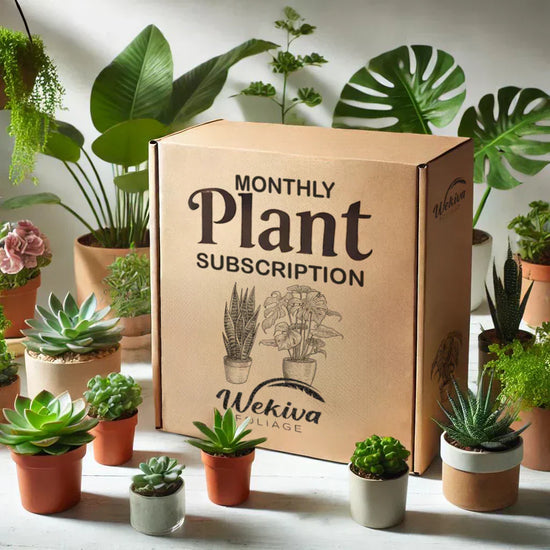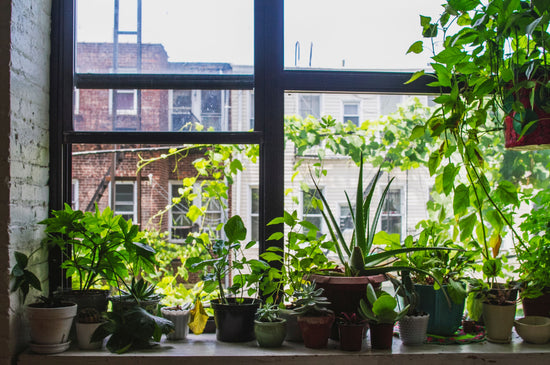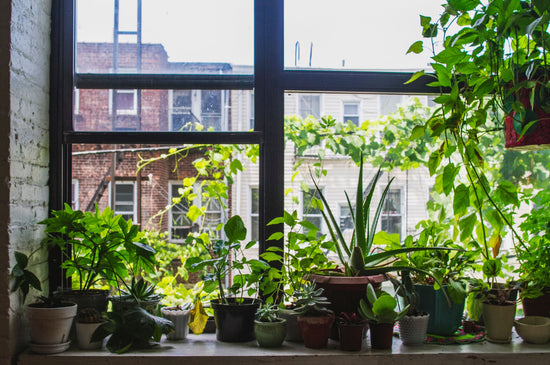What Plant Zone Am I In? A Guide to Understanding USDA Hardiness Zones
Selecting the right plants for your garden depends on understanding your local climate. The USDA Plant Hardiness Zone Map is a valuable tool for gardeners, offering guidance on which plants will thrive in your region based on average annual minimum winter temperatures.
What Are Plant Hardiness Zones?
The USDA Hardiness Zones divide North America into 13 zones based on temperature extremes. Each zone represents a 10°F temperature range, further divided into “a” and “b” subcategories for more precision. For example:
- Zone 7a: 0°F to 5°F
- Zone 7b: 5°F to 10°F
Knowing your zone helps you choose plants that can withstand your region’s winter temperatures.

How to Find Your Zone
To determine your plant hardiness zone:
- Visit the USDA Plant Hardiness Zone Map.
- Enter your zip code or browse the map to locate your area.
- Identify the zone number and letter assigned to your location.
This information is essential for both outdoor gardening and selecting plants for seasonal displays.

Why Do Zones Matter?
Hardiness zones guide gardeners in selecting plants suited to their climate:
- Winter Survival: Plants listed as hardy in your zone can survive the lowest average winter temperatures.
- Perennial Selection: Knowing your zone ensures that perennials return year after year.
- Timing Planting Seasons: The zones also help identify the best times to plant vegetables, flowers, and shrubs.
Popular Plants for Different Zones
- Zones 3-4: Hardy plants like siberian iris and black-eyed Susan thrive in these cold climates.
- Zones 5-6: Consider versatile options like lilacs and clematis vines for moderate temperatures.
- Zones 7-8: Enjoy an array of perennials like daylilies, lavender, and roses.
- Zones 9-10: Perfect for tropical plants like hibiscus, palms, and bougainvillea.

Indoor Gardening and Plant Zones
Even indoor gardeners benefit from knowing their zone. Plants such as succulents, fiddle-leaf figs, and peace lilies adapt to various zones but require attention to temperature and humidity indoors.
FAQs About Plant Hardiness Zones
1. Can I grow plants outside my zone?
Yes, but it requires extra care, such as mulching in winter or providing shade in summer.
2. Do zones affect indoor plants?
Not directly, but indoor plants still benefit from consistent temperatures and controlled environments.
3. Can microclimates change my zone?
Microclimates—small areas with unique conditions—can differ from the larger regional zone, allowing you to grow plants slightly outside your zone's range.
4. Are hardiness zones the same worldwide?
Other countries use similar systems, like the RHS Hardiness Ratings in the UK. However, they are not interchangeable with the USDA zones.
Start Your Gardening Journey
Understanding your plant hardiness zone is the first step to successful gardening. Whether you're growing houseplants or planning an outdoor garden, choosing plants that match your zone ensures long-term success. Explore the Houseplants Collection or browse Wekiva Foliage for outdoor plants tailored to your zone. Happy gardening!





